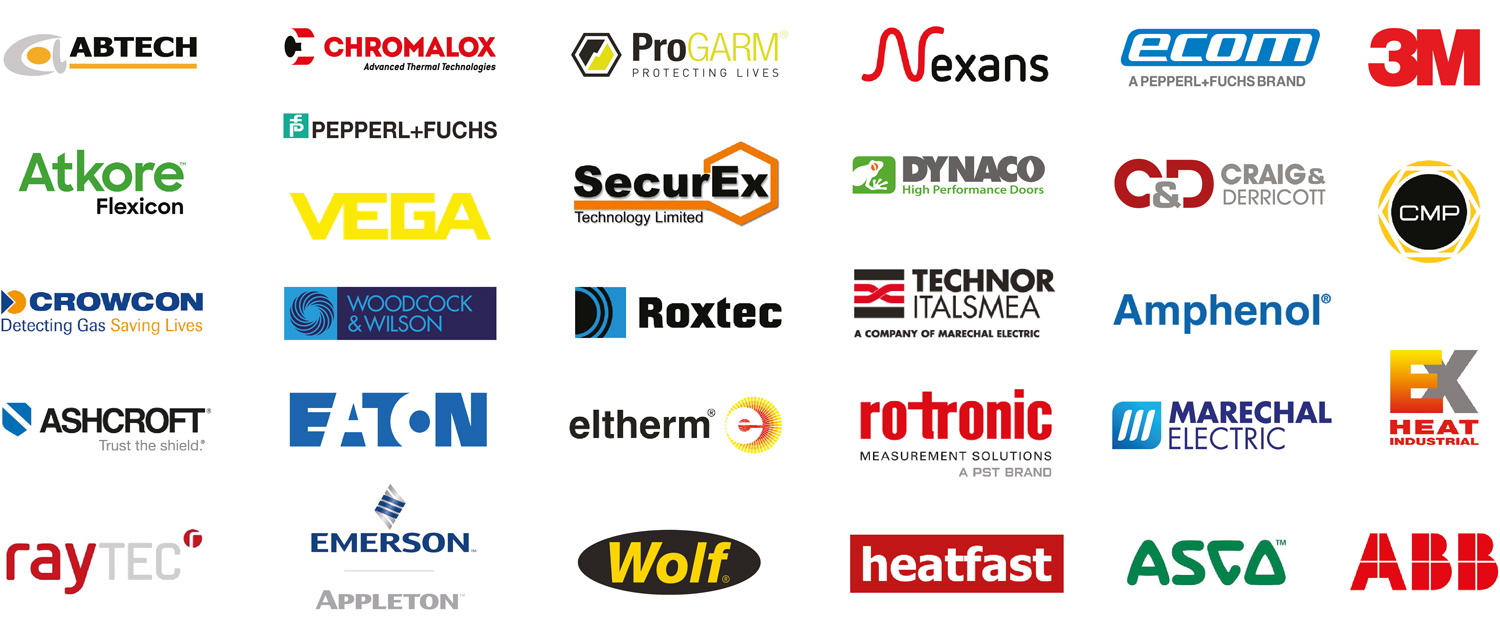Static Electricity: A Quick Overview | ISMA
Published 14 May 2024
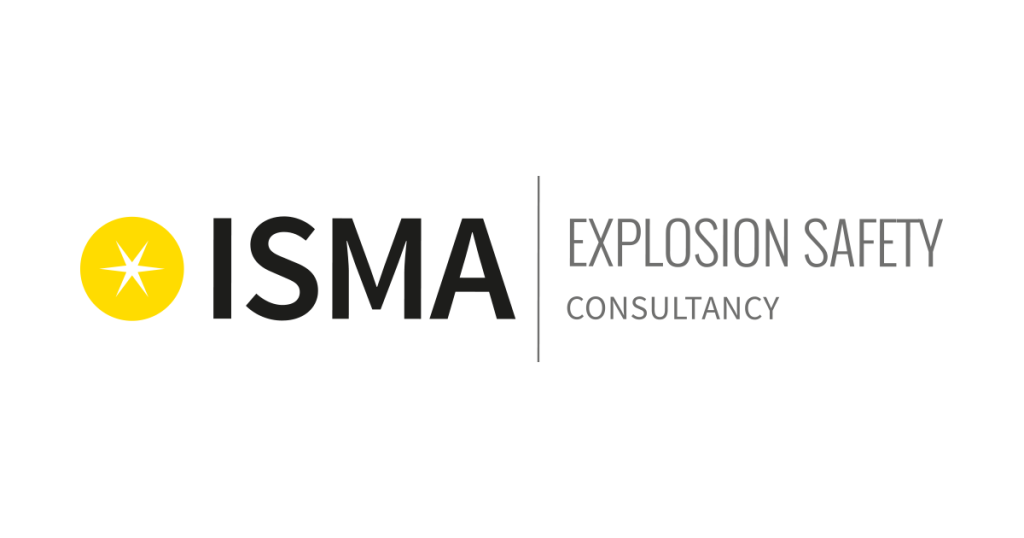
Authored by Michel Vandeweyer | Explosion Safety Consultant from ISMA Explosion Safety Consultancy
ISMA specialises in explosion safety, mainly of gas and dust, and static electricity and are the consultancy arm of StuvEx who designs, implements and engineers industrial fire and explosion protection systems.
Static Electricity
Introduction
An electrostatic discharge can occur in different locations and at different times: Think of the sweater you take off in the winter, or the shock you feel when you touch the car, sometimes you get a shock when you shake someone’s hand.
Why is it that we so often have to deal with electrostatic discharges, without even realising it? A discharge can only occur after an object or surface has been charged.
Charging of an Object or Surface
A charged object can be created in three different ways:
- Tribo electric charging
- Induction
- Contact with a charged object or surface
The last two phenomena can only occur in the presence of an already charged object. The first phenomenon, triboelectric charging, takes place in the event of loss of contact between two surfaces. The most known source of triboelectric charging is friction, but also in absence of intense friction, charged surfaces can arise (e.g. removing a plastic foil from a metal plate).
RISKS OF STATIC ELECTRICITY IN EXPLOSIVE ATMOSPHERES
➡ Thorne & Derrick are the Exclusive UK Partner for the StuvEx range of Static Earthing & Bonding Systems – our Trained Sales Engineers provide customer service excellence to clients working in hazardous area locations.
The team visited the StuvEx HQ in Belgium to undertake advanced Technical Product Training. During the training they had front row seats to a live demo conducted by Michel Vandeweyer. The below video shows the result of an explosion caused by static.
The fuel for this explosion you ask? 1 Teaspoon of sugar! Knowledge on risks associated with dust atmospheres is poor in comparison to gas atmospheres. Couple that with a poor understanding of risks associated with static electricity and you have a recipe for disaster.
Corona discharge
This discharge occurs with highly charged and pointed objects. The charge is concentrated at the tip, resulting in a minor electric field. This electric field causes an ionization of the air.
Corona discharges have a very low energy content: less than 0.1 mJ. This ensures that Corona discharges are almost never a significant ignition source.
Brush discharge
These discharges occur with highly charged, poorly conductive surfaces: think of ordinary clothing, a carpet, a plastic bag, … The charge stored on the poorly conductive surface can only discharge at the point where another object at a different potential comes close.
The energy of this discharge is therefore limited, but significantly greater than the Corona discharge: a maximum of 4 mJ.
This ensures that brush discharges are almost never the ignition source of a dust explosion. However, explosive gas/air mixtures are much more susceptible to ignition. A brush discharge is dangerous for almost all flammable gas/air mixtures.
Brush discharges can also be caused by the movement of non-conductive clothing (the classic example is a fleece sweater). Examples regarding measures to prevent the risk of brush discharges are
- The use of antistatic clothing for personnel
- Restriction on the size of insulating solid materials in hazardous areas
Spark Discharge
When two conductive objects, with a different charge level, come close to each other, this charge will equalise across both objects by means of a spark discharge. The energy of this spark is therefore dependent on the charge level, and the possible charge present depends on the size of both objects (the smallest object is decisive). The larger the object, the greater the possible energy content of the resulting spark.
Thus, the typical energy content varies greatly. For example, a charged tanker truck can create spark discharges up to 100 mJ.
To prevent this, conductors must be connected, either to each other (equipotential connections over flanges, for example), or to the earth.
Operators also act as conductors. For this reason, it is required to use anti-static footwear, in addition to the use of anti-static clothing. The floors should consist either out of metal gratings or of other materials like concrete that are sufficiently dissipative to discharge the load. The use of non-conductive floor coatings (e.g. Epoxy) or working on a plastic sheet is generally not permitted in ATEX-areas.
If a type-C FIBC (bigbag) is used, it must be earthed to avoid spark discharges, since the FIBC is a conductor.
propagating brush discharge
Propagating Brush Discharges are the most dangerous and powerful discharges that can take place in installations. The energy content of this phenomenon can be > 1000 mJ. These occur when a layered structure of conductors and insulators is created, for example by coating metal or a metal reinforcement in a plastic flexible, and is most easily conceived as a capacitor: The charge continues until it has enough energy to shoot through the insulator towards the conductor.
An important measure in this respect is the use of antistatic hoses in a pneumatic conveyor. Grounding the metal reinforcement is insufficient, and will even facilitate the propagating brush discharge.
A type B-FIBC (bigbag) is used to avoid the formation of propagating brush discharges due to fast emptying/filling. (However, a type B is still able to form a brush discharge, so it should only be used in dust-zones, not in gas zones).
Cone discharges
A relatively newly discovered phenomenon is a cone discharge. When a poorly conductive powder is blown neumatically to a silo, a cone will form here. Since the electrical charge is always concentrated on the on the surface on the bulk material, a magnetic field arises above the product cone, which may consequently lead to discharges towards the silo wall. The energy content of this depends on the silo diameter and the average particle size of the powder.
The greatest danger occurs with a large silo diameter and a mixture of large and fine particles, or even worst when flammable gases are present. In order to make a correct assessment of the risk, it is first important to know the specific conductivity of the product. Further preventive measures include, for example, working with earthing rods to virtually reduce the silo diameter. Cone discharges may equally arise in silos filled by gravity.
The formula to calculate the maximum of a cone discharge is given as follows:
E = 5.22 • D3.36 • d1.462
with
D = the diameter of the silo in metres (m) (valid until D = 3 m, the maximum value in the testing). If the silo is made of non-conductive material, (e.g. composite), the silo diameter must be doubled in this formula.
d = the (average) particle size of the particles conveyed into the silo in mm) (valid until d = 3 mm, the maximum value in the testing).
As long as the resulting E is higher than the MIE, ignition due to cone discharges can be excluded. IEC/TS60079-32-1 includes decision trees to evaluate whether the cone discharge is potentially dangerous.
If the silo is made out of non-conductive material, the silo diameter used in the formula must be doubled.
ISMA specialises in process explosion safety consulting. Activities include risk assessment of dust and gas explosive atmospheres, predicting explosion effects, and post-incident analysis in a wide variety of industries. ISMA also shares its expertise in various expert groups. Over 5,000 installations in various industries have been assessed by ISMA since the start of its activities in 1984.

Explosion Protection | Control of Electrostatic Ignition Risks in Hazardous Areas
STATIC EARTHING SOLUTIONS
Should you require any customer support or service to enable the selection or specification of the correct Static Earthing Systems for use in explosive atmospheres please do not hesitate to contact us.
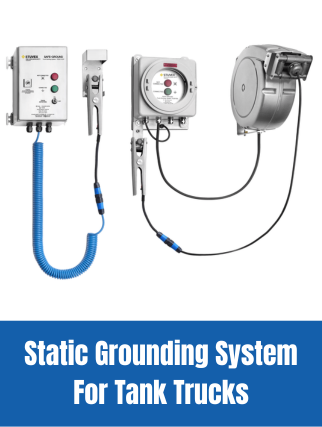 |
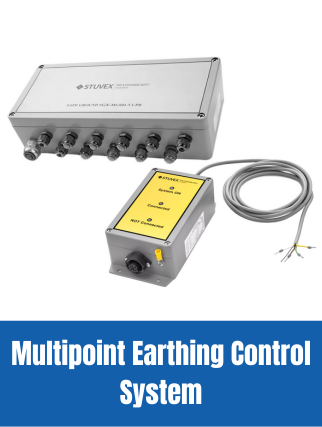 |
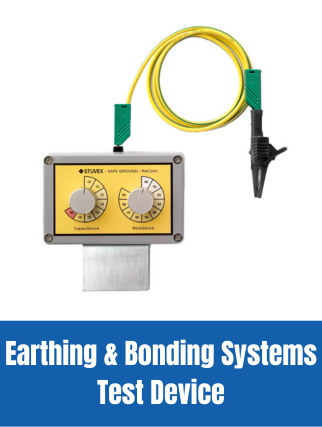 |
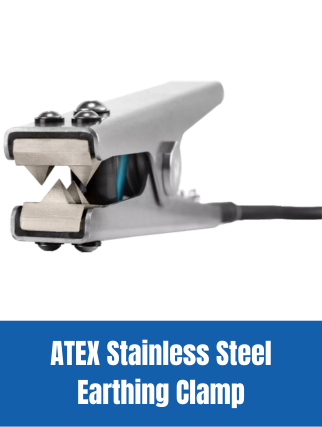 |
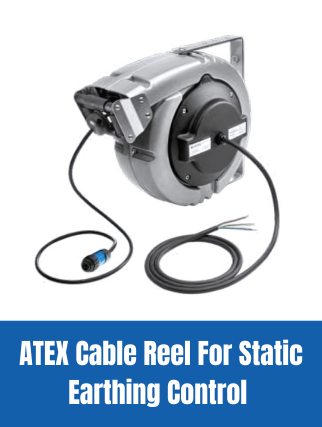 |
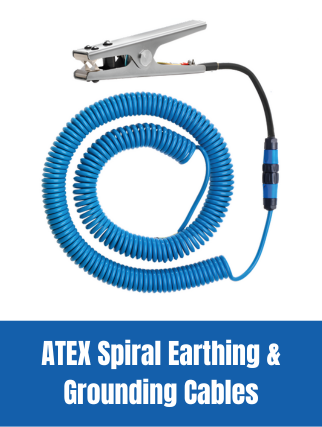 |

EXPERTS IN EQUIPMENT FOR EXPLOSIVE ATMOSPHERES
LEADERS IN ATEX INNOVATION TO THE HAZARDOUS AREA INDUSTRIES
Specialist Distributors of Electrical Heating, Lighting, Power & Process Instrumentation Equipment with ATEX IECEx Certification and DSEAR Regulatory Compliance to deliver significant safety and reliability improvements in the Industrial, Explosive Atmosphere & Energy sectors. Based in the UK, we are highly customer responsive and absolutely committed to providing a world-class service.
Since 1985, we have provided expert technical support and express delivery from extensive UK stocks to world-wide destinations.

